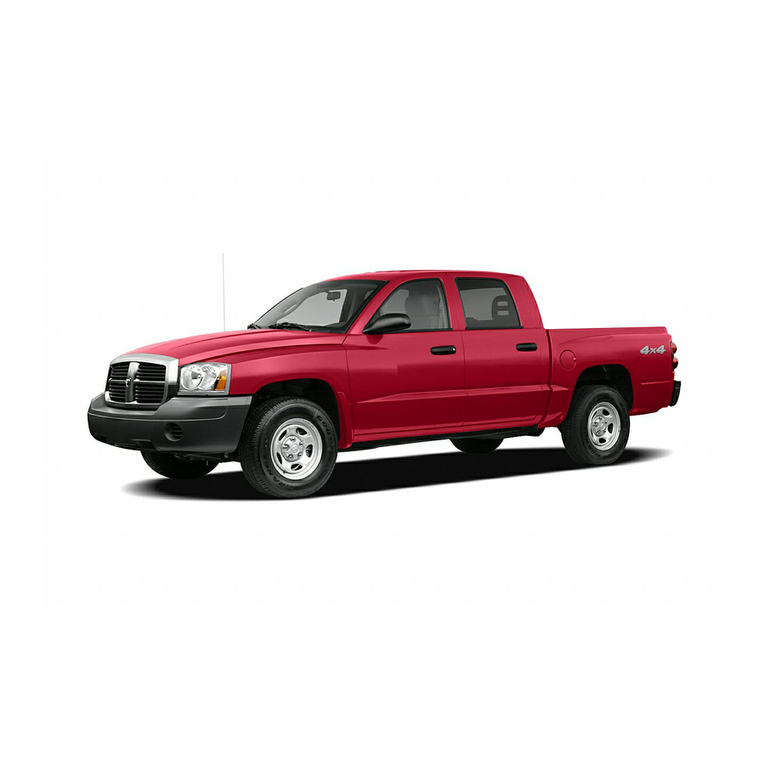Chevrolet Vega 1973 User manual
Other Chevrolet Automobile manuals

Chevrolet
Chevrolet CHEVY-2001 User guide

Chevrolet
Chevrolet VOLT 2012 User manual

Chevrolet
Chevrolet 2003 TraiIBIazer EXT User manual

Chevrolet
Chevrolet ORLANDO Instruction Manual

Chevrolet
Chevrolet Sonic 2014 User manual

Chevrolet
Chevrolet Spark EV 2014 User manual

Chevrolet
Chevrolet Enjoy User manual
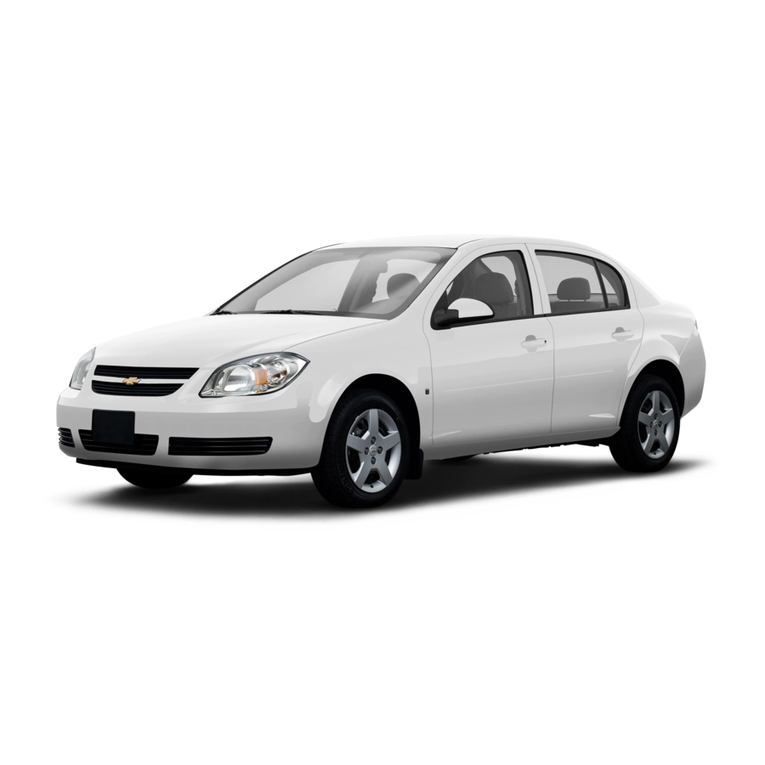
Chevrolet
Chevrolet 2008 Cobalt User manual

Chevrolet
Chevrolet Express 2012 User manual

Chevrolet
Chevrolet 2013 Corvette User manual
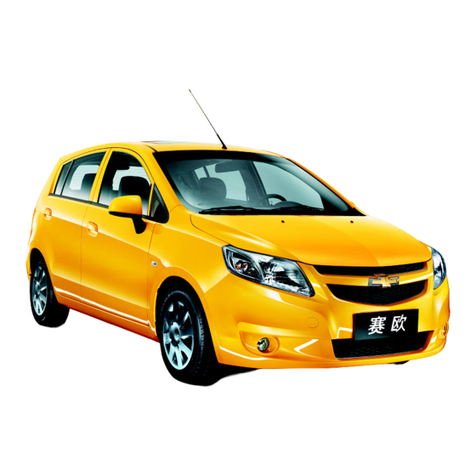
Chevrolet
Chevrolet Sail 2010 User manual
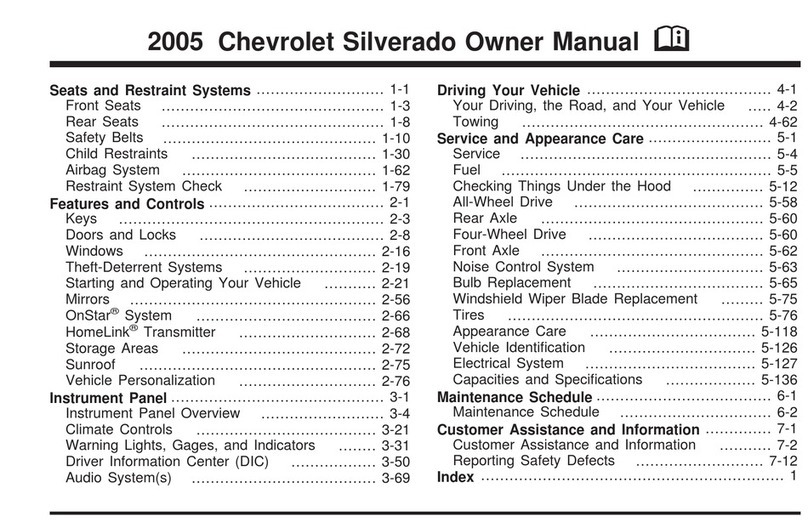
Chevrolet
Chevrolet 2005 Silverado 1500 Pickup User manual
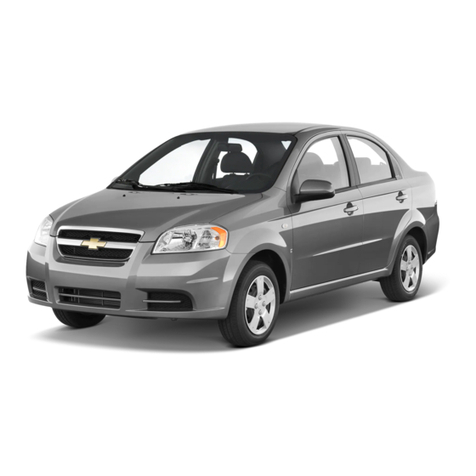
Chevrolet
Chevrolet 2008 Aveo User manual

Chevrolet
Chevrolet 1997 Blazer User manual

Chevrolet
Chevrolet Silverado 2013 User manual

Chevrolet
Chevrolet 1995 Cavalier User manual

Chevrolet
Chevrolet 2013 Tahoe Special Service Package User manual
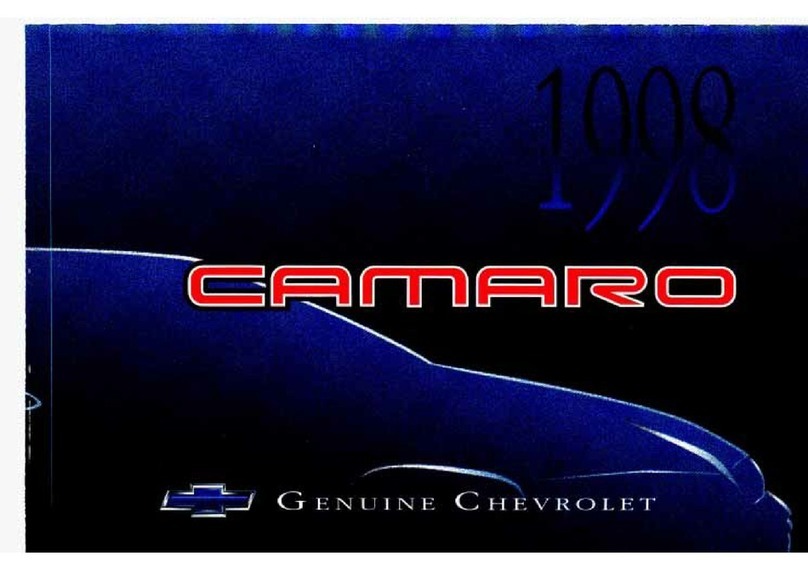
Chevrolet
Chevrolet 1998 Camaro User manual

Chevrolet
Chevrolet 2001 Corvette User manual

Chevrolet
Chevrolet C6H042 User manual





















